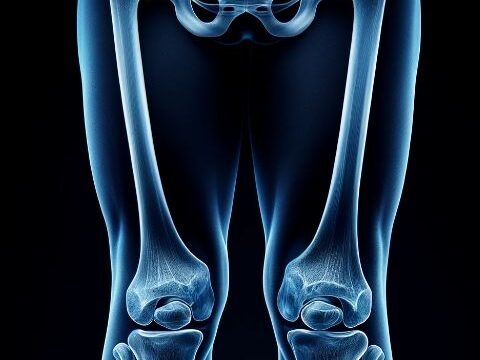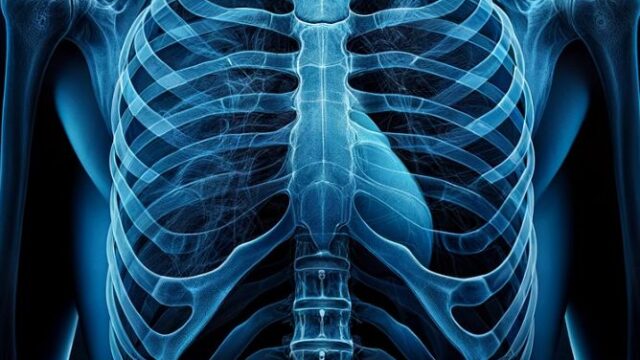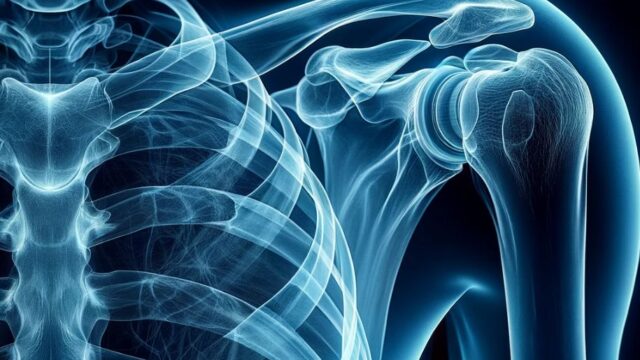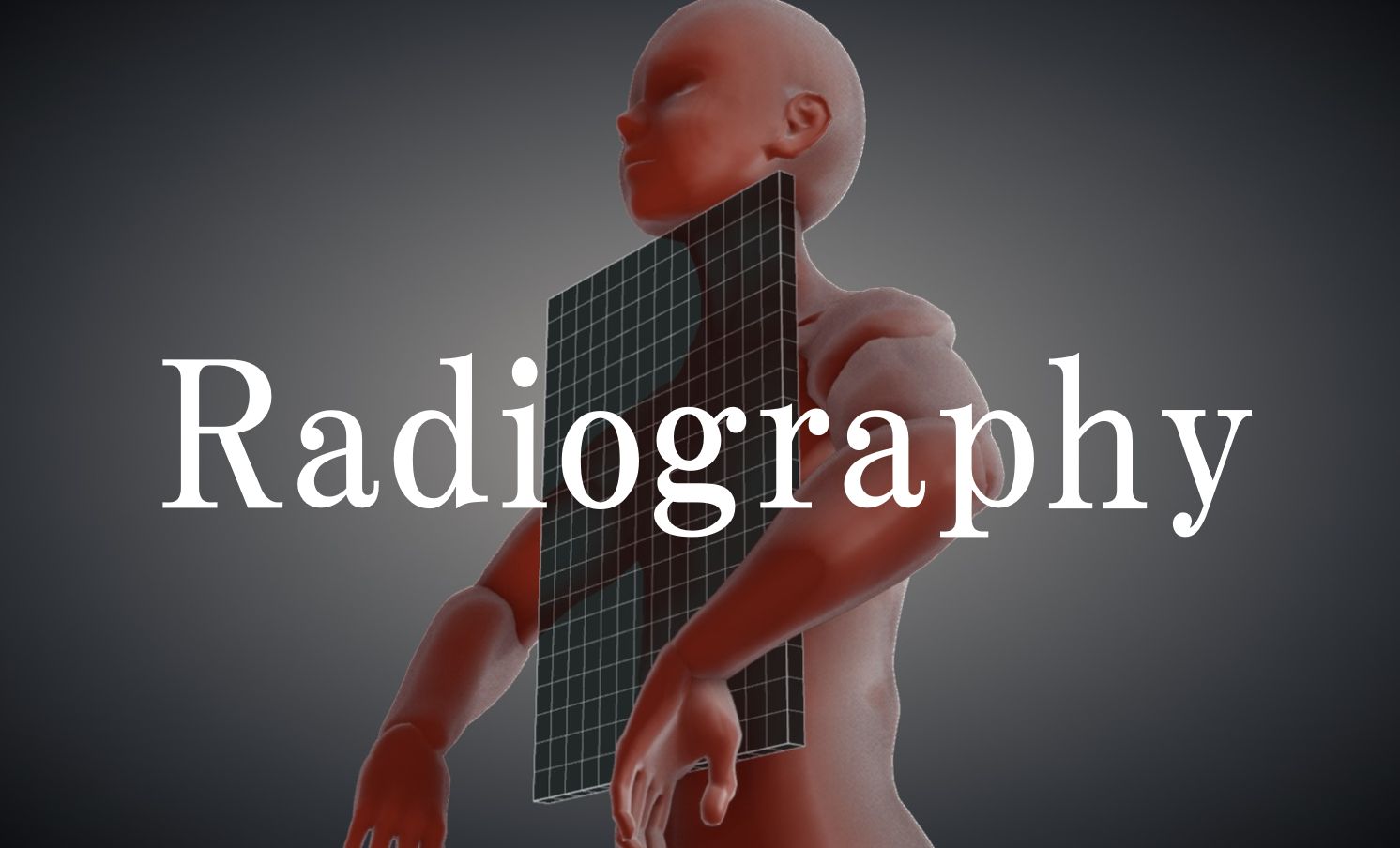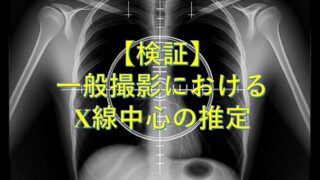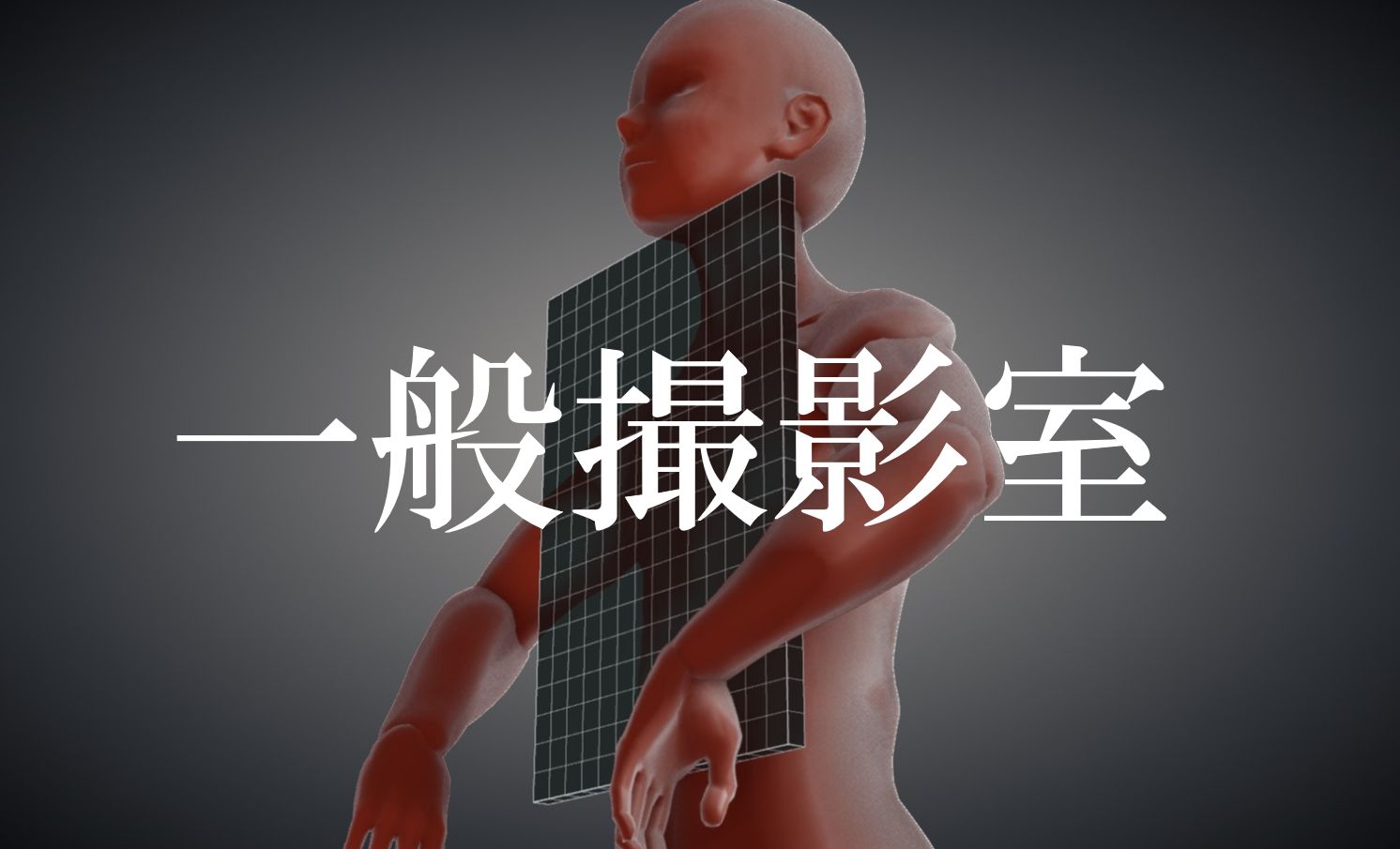Purpose
Observe the vertebral body, disc space, spinous process, and L1-L4 intervertebral foramen of the lumbar spine.
Observation of fractures, spondylolisthesis, tumors, osteoporosis, etc.
Prior confirmation
Confirm whether the patient is to be radiographed in thestanding or supine position.
Check for scoliosis. If so, select the direction of incidence that allows observation of a wide disc space. If the disc space is convex on the right side, the direction of incidence should be LR; if it is convex on the left side, the direction of incidence should be RL.
If a spinal cord injury is suspected, take images in the supine position with horizontal incidence.
Remove any obstacles.
Positioning
Erect :
RL or LR orientation, standing with the lower extremities shoulder-width apart.
The ventral side of the 4 transverse fingers from the lumbar spinous process should overlap the center line (vertical) of the irradiation field.
The body back should be perpendicular to the image-receiving surfaces so that there is no twisting of the body.
Use a 14×17 size cassette with the center height aligned with the iliac crest (Jacoby line).
Grasp the handrail to stabilize the body. Avoid putting weight on the handrail.
Supine :
Position the patient in the right or left lateral recumbent position.
Place positioning blocks on the lateral abdomen and knees so that the axis of the L-spine is parallel to the receiving surface.
The ventral side of the 4 lateral fingers from the lumbar spinous process should overlap the centerline (vertical) of the irradiation field.
The back of the body should be perpendicular to the receiving surface to avoid body torsion.
Both knees should be bent to reduce kyphosis of the L-spine.
Use a 10×12 to 14×17 size cassette, with the center of the cassette aligned with the third lumbar vertebra (two lateral fingers headward from the Jacoby line).
CR, distance, field size
CR :
Erect :Vertical is centered on the Jacoby line. Left and right are centered on the point 4 lateral finger ventral to the lumbar spinous process. Vertical incidence.
Supine : Vertical is centered at the height of the 2 transverse finger head side from the Jacoby line. Left and right are centered at a point 4 transverse digits ventral to the lumbar spinous process. Vertical incidence.
Distance : 100-150cm
Field size :
If the irradiation field extends beyond the dorsal surface, cover the image-receiving surface with a lead plate.
Erect : The irradiation field should be centered on the Jacoby line and extended up to 14×17 size on the upper and lower sides. The left and right sides should be centered on the L4 vertebra and extended anteriorly to the pubic symphysis.
Supine : The irradiation field should be centered on the L4 vertebra and extended to the dorsal skin surface. The upper and lower areas should be extended to the size of the cassette.
Exposure condition
78kV / 50mAs
Grid ( + )
Suspend respiration on expiration.
Image, check-point
Normal (Radiopaedia)
Erect : L4 should be centered, with the upper margin including the 12th thoracic vertebra and the lower margin including the hip joint.
Supine : L3 should be centered and the upper margin should extend to include the 12th thoracic vertebra and the lower margin should extend to include the superior sacrum.
The spinous process, pedicle, superior articular process, inferior articular process, disc space, and L1-L4 intervertebral foramen should be clearly observed.
The anterior and posterior margins of the vertebral body should be projected tangentially.
Videos
Related materials
Three column theory (Denis classification)










